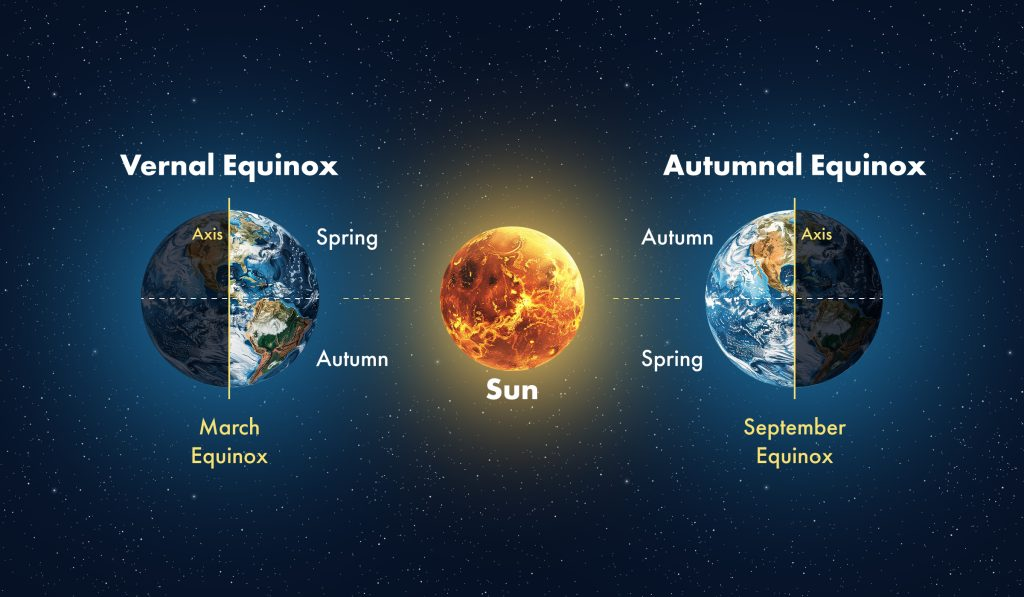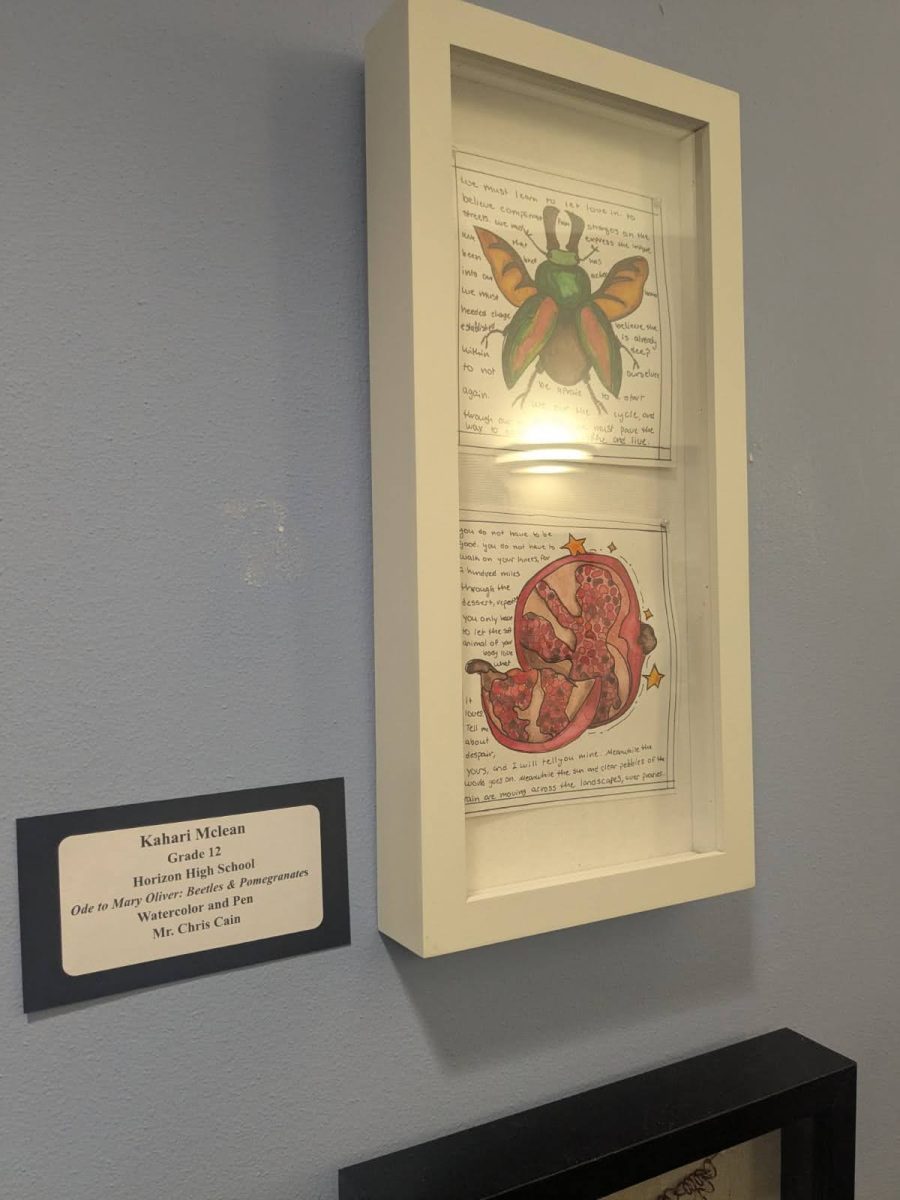In March of 1987, Congress passed Pub. L. 100-9, which would then designate the entire month of March as Women’s History Month. Women’s History Month didn’t just begin with Pub. L. 100-9, but years earlier.
In 1978, in Santa Rosa, California, the Education Task Force of Sonoma County Commission on the Status of Women planned a “Women’s History Week” set to begin March 8th to correspond with National Women’s Day. The original Women’s History Week celebrated generations of women’s accomplishments throughout history. With such success coming from the first Women’s History Week, communities continued the celebration the following year. Led by Gerda Lerner, feminist activists in July came together to create a National Women’s History Week.
Soon in 1980, President at the time Jimmy Carter, declared that the week of March 2nd to March 8th would be National Women’s History Week. In Jimmy Carter’s speech to the nation he said, “From the settlers who came to our shores… men and women have worked together to build this nation. Too often the women were unsung, and sometimes their contributions were unnoticed. But the achievements, leadership, courage, strength, and love of the women who built America were as vital as that of the men whose names we know so well.” Again in 1981, Congress approved a resolution on August 4th, 1981, to call upon citizens of the United States to observe Women’s History Week. This pattern of proclaiming Women’s History Week continued until 1987, when Women’s History Week became Women’s History Month with Public Law 100-9. From 1988 to 1994, Congress continued to pass resolutions requesting Presidents to continue proclaiming March as Women’s History Month.
The National Women’s History Alliance selects a year’s theme for each Women’s History Month. 2025’s chosen theme is, “Moving Forward Together! Women Educating & Inspiring Generations”.
Women’s History Month | National Women’s History Month – photo credits & research








